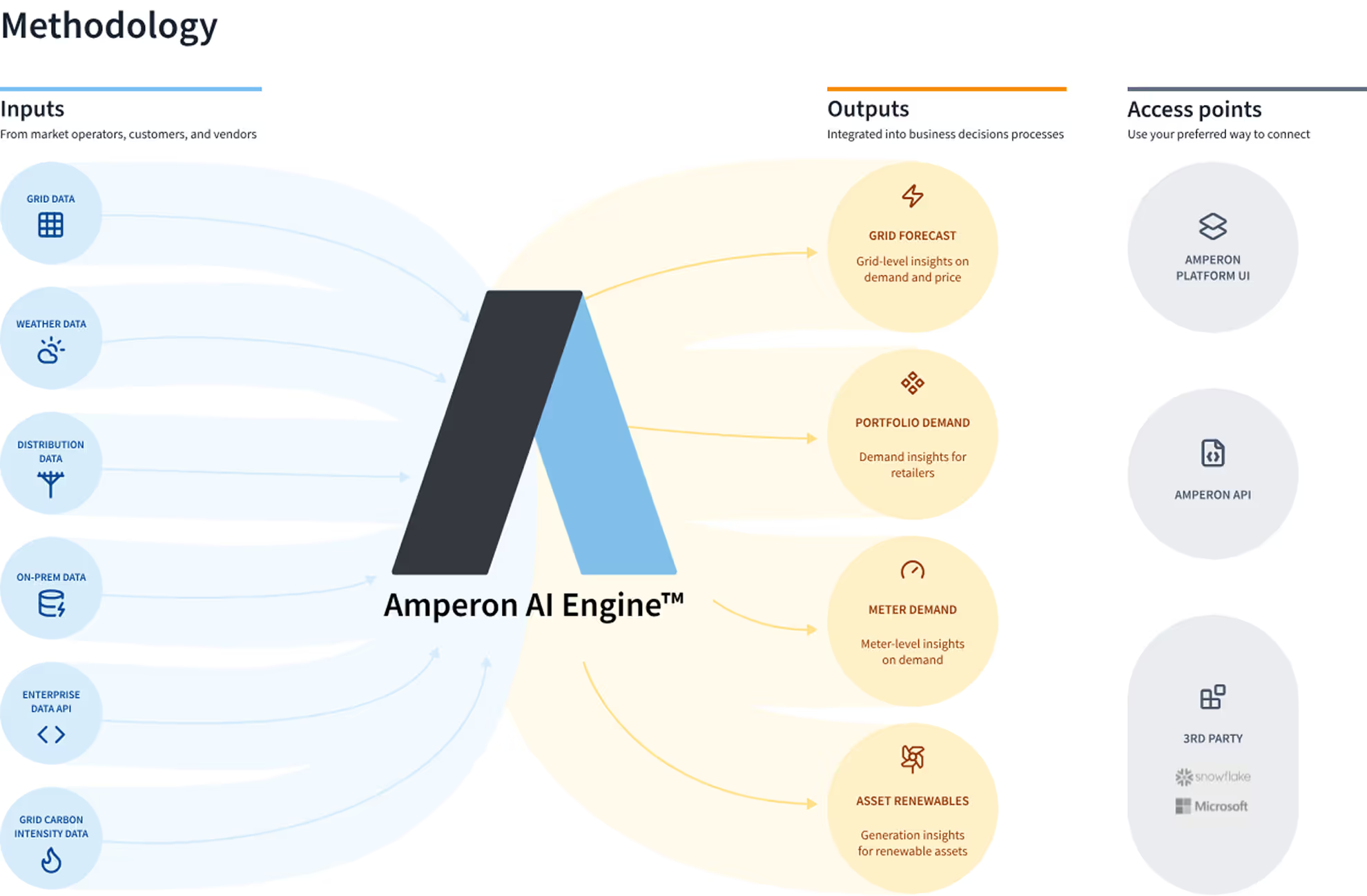Advancing the energy industry
Employing cutting-edge ML methodologies, advanced statistical techniques, and sophisticated mathematical models, we analyze the data for complex relationships between historical and real-time information.
Our AI algorithms continuously learn and update with new data, allowing the models to evolve dynamically. As a result, our models adapt to ever-changing market dynamics and can identify patterns in large datasets that previously went unnoticed.
.avif)


-p-500%201.avif)







.avif)







.svg)